Tunnels and Underground Structures
Tunnels and underground structures have been traditionally considered to be “immune” to seismic loading. However, recent earthquakes (e.g., Kobe 1995, Düzce–Bolu 1999, Taiwan 1999) have shown that there are exceptions to the “rule”. The collapse of the Daikai station during the Kobe 1995 earthquake is one of the best such examples. Aiming to better understand the factors affecting their seismic response and improve the design methods, we have been investigating a variety of underground structures, ranging from bored and immersed tunnels, to single and cross multi-storey interchange metro stations.
Following the 1999 Ms 5.9 Parnitha (Athens) earthquake, we analysed the seismic performance of 3 Athens Metro stations, comparing our FE analysis to the recorded motions (external page J3). In collaboration with Tongji University, our more recent work focused on Shanghai Metro stations in soft soil (external page J94). Shanghai Metro currently operates 16 lines of 676 km length and 413 underground stations. An additional 1000 km with 600 underground stations are planned for the next 20 years, calling for improved seismic design. Combining shaking table testing and numerical modelling, we have been studying the response of typical 2-storey 3-span metro stations, and of more complicated cross interchange stations. Using the shaking table test results as benchmark, we validated our 3D FE models and used them to predict the seismic response of the prototype, allowing indirect transfer from model to prototype scale.
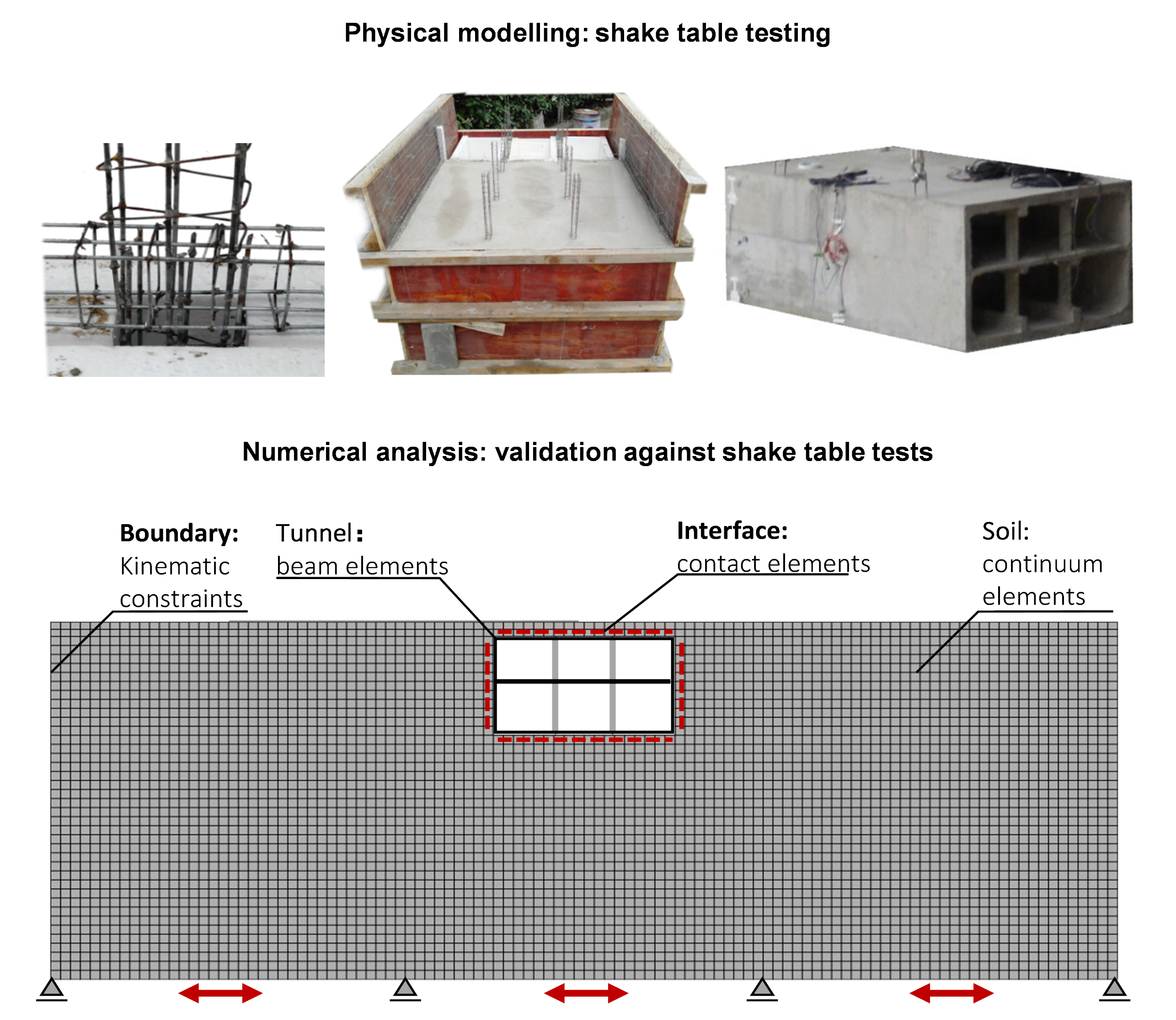
For the needs of a feasibility study for a railway link crossing the Rion–Antirrion Straits (connecting central Greece with Peloponesus), we investigated the seismic response of an innovative 70 m deep immersed tunnel (external page J9). The latter was part of our proposed hybrid design solution, combining a central immersed tunnel at the deepest section of the crossing with two bored “approach” tunnels. With an extensional rate of 1 cm∕yr, the Rion–Antirron Straits is one of the most active continental rifts on earth, calling for special seismic design of the tunnel against combined normal faulting and subsequent asynchronous seismic shaking (external page J10). Our study confirmed its feasibility, showing that the specially-designed immersed tunnel would be able to sustain up to 2 m of tectonic deformation, without compromising watertightness.
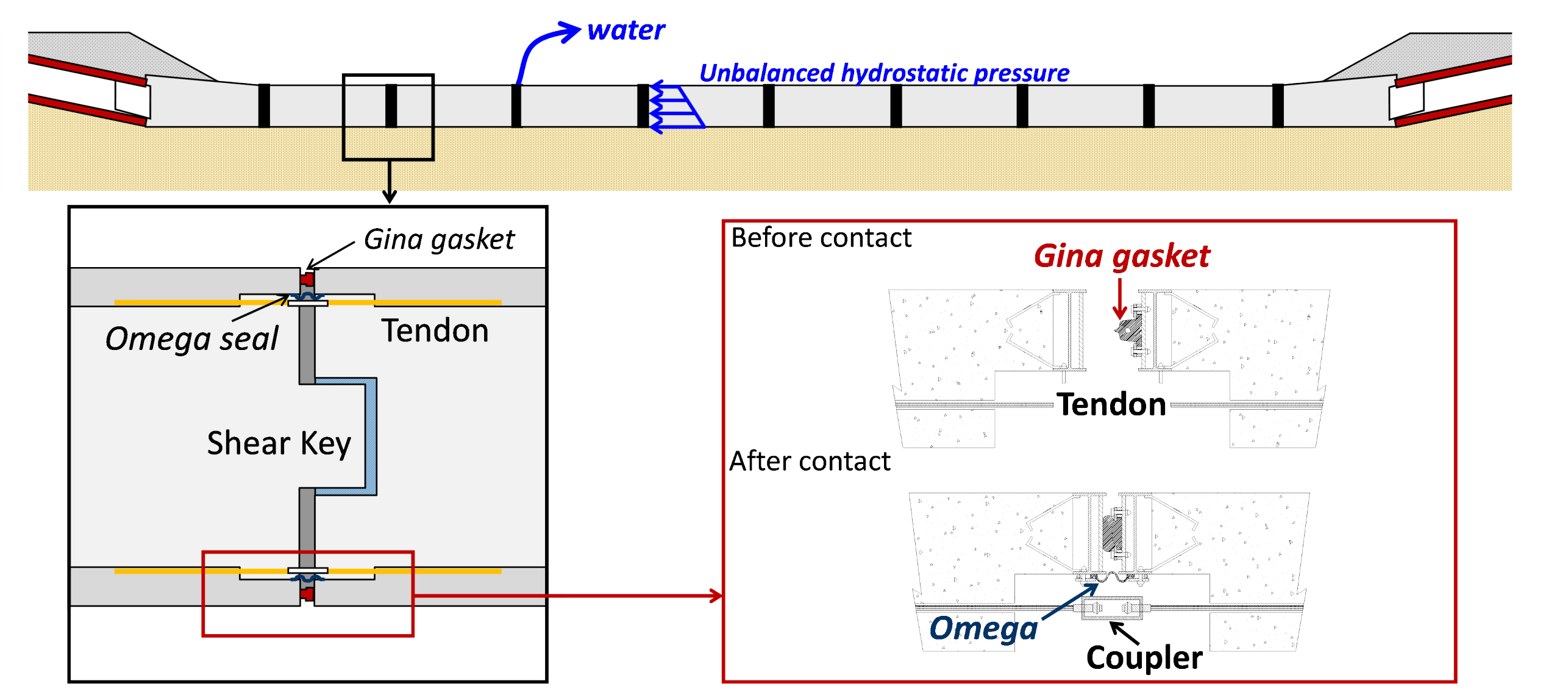
As part of a recent international collaboration, we have been investigating the seismic response of bored tunnels in soft soil. Inspired from an actual Metro tunnel in Santiago de Chile, we investigated the effect of key problem parameters on the seismic response of horseshoe-shaped tunnels, including the structural modelling of the lining (external page J78), soil and soil-tunnel interface properties, intensity of seismic excitation, and volume loss during construction (external page J90). In the context of system identification based on monitoring data, we developed simplified models and derived closed-form solutions to the modal characteristic equation and mode shapes (external page J79).
Motivated by the recent profound interest in large-scale shaking table testing of tunnels (especially in China), we developed a new set of scaling laws for the study of the post-cracking behaviour of lightly reinforced concrete tunnel linings (external page J97). The proposed laws were validated using numerical analyses of a reinforced tunnel in rock, in both prototype and 1:30 model scale. Our international collaborative work culminated to co-editing a Special Issue on “Seismic performance of tunnels: from experiments to analysis” in Tunnelling and Underground Space Technology. As part of this effort, we conducted a state-of-the-art review of the current understanding of the seismic behaviour of tunnels, with emphasis on recorded response during past earthquakes and experimental studies (external page J91).
Selected recent publications
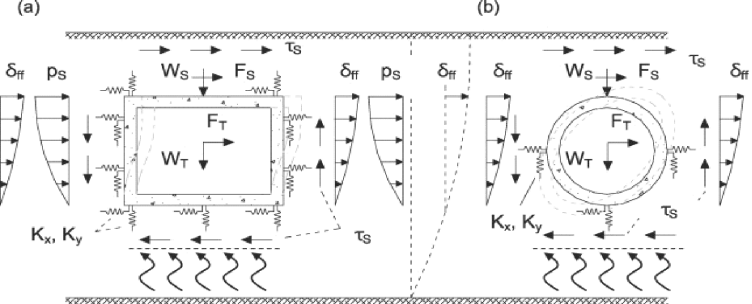
Tsinidis, G., de Silva, F., Anastasopoulos, I., Bilotta, E., Bobet, A., Hashash, Y. M. A., He, C., Kampas, G., Knappett, J., Madabhushi, G., Nikitas, N., Pitilakis, K., Silvestri, F., Viggiani, G., & Fuentes, R. (2020). “Seismic behaviour of tunnels: from experiments to analysis”, Tunnelling and Underground Space Technology, 99: 1-20 (external page J91)
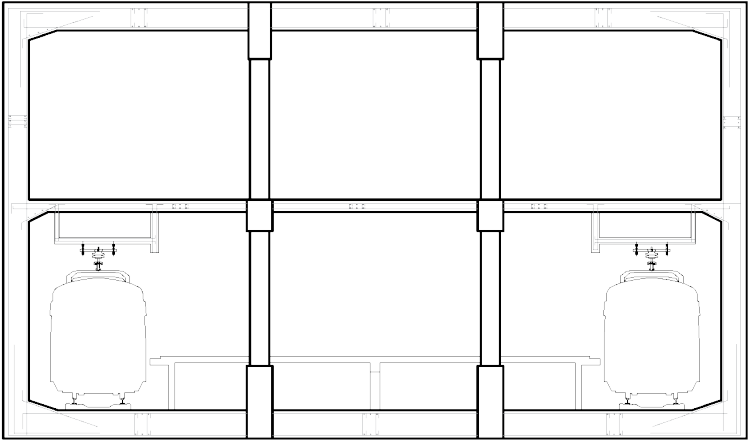
Wu, W., Ge, S., Yuan, Y., Ding, W., Anastasopoulos, I. (2020). “Seismic response of subway station in soft soil: Shaking table testing versus numerical analysis”, Tunnelling and Underground Space Technology, 100: 103389 (external page J94)
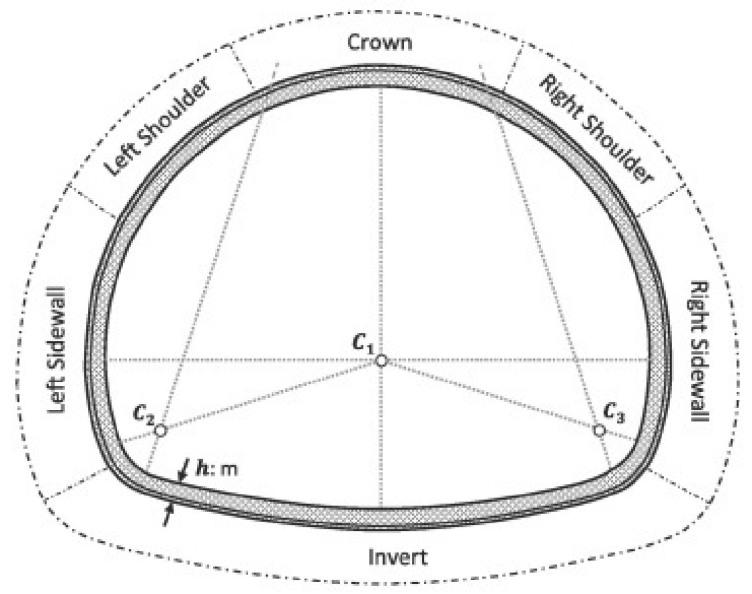
Antoniou, M., Nikitas, N., Anastasopoulos, I., Fuentes, R. (2020). “Scaling laws for shaking table testing of reinforced concrete tunnels accounting for post-cracking lining response”, Tunnelling and Underground Space Technology, 101: 103353 (external page J97)